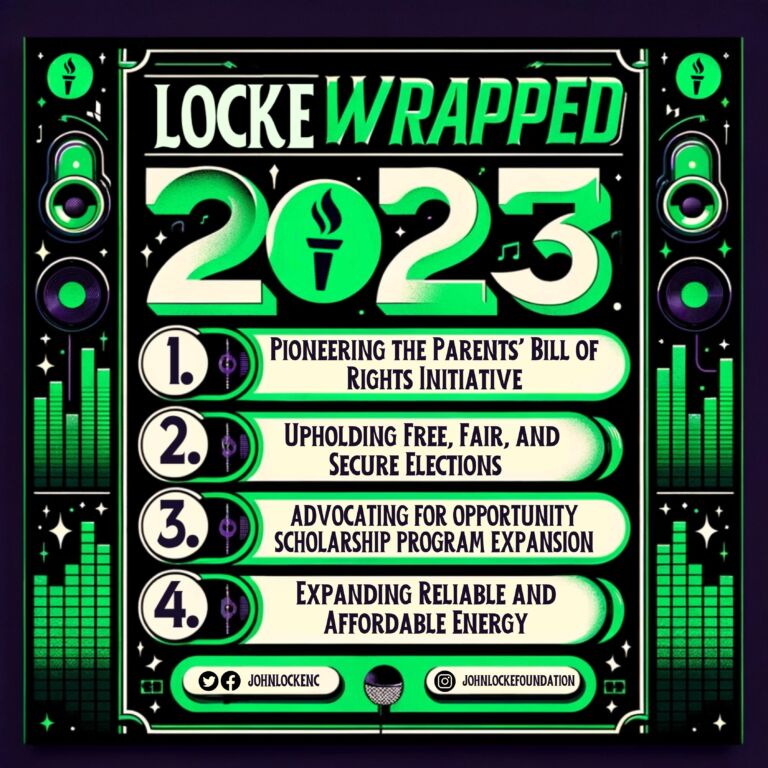Rob Christensen of The News & Observer makes the case today for expanding bus service, not adding light rail, in Raleigh. A snippet:
Before we sink huge bundles of money into a light-rail system, I think a stronger case needs to be made, given our limited resources.
I am not alone. In January, the 70-member Wake County Transit Plan Advisory Committee broke into nine groups and drew up a draft transit plan for the county. Each of the nine groups called for more bus service. None of the nine groups recommended light rail, my colleague Bruce Siceloff reported, because they think the county can get more for its money with buses.
Raleigh has always been a tough sell for light rail, which is why it has had difficulty in the past winning federal funding for the project. With 430,000 people, Raleigh would be among the smallest cities in the country with a light-rail system. It is also a city with very low density, making it look more like a suburb on hormones than a true urban center.
It’s not sexy, but it’s more practical. As discussed in the John Locke Foundation’s City and County Issues Guide for 2014,
The most obvious fact of transportation in America in the 21st century is that people overwhelmingly prefer personal automobiles (see chart). Cars offer the greatest range of mobility and fastest arrival at destinations, along with privacy, choice, adaptability to wants and needs, and individuality. This freedom is reflected in a well-known expression for being in control of a situation: to be in the driver’s seat. That is what people prefer, and that choice is what good transportation policy recognizes.
Next to that is busing, since buses can also offer a wide range of routes and possible routes, which may be adjusted to fit changing passenger needs. Another advantage of buses is that they make use of preexisting transportation capital (roads).
On the other end, fixed-rail lines offer no flexibility in terms of route, and they require enormous capital expenditures to set up as well as operate. They also attract very few riders — fewer than one percent of the share of motorized passenger travel in all but the largest, densest metropolitan areas.
For discussion of the debate over light rail in Wake County, see these recent newsletter entries.


